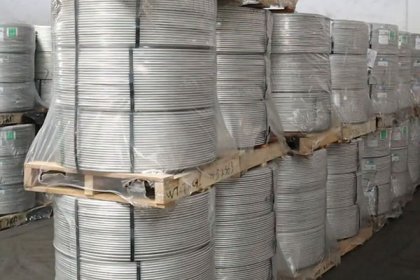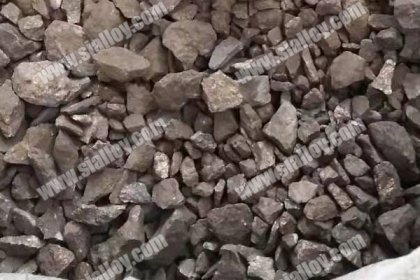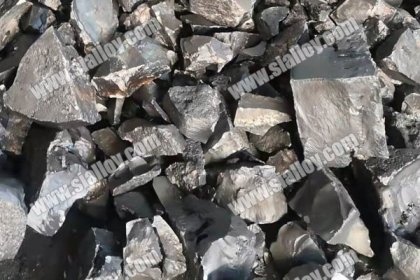characteristics of new steel materials
The new generation of steel materials have many new features. In terms of economy and production, it has a good cost performance. The strength has doubled compared to the old materials, and the price is relatively low; New steel materials are also relatively strong and tough, and can adapt to low temperature and high temperature environments; New steel materials can reduce the consumption of energy and natural resources and facilitate the recycling of scrap steel. In the production process, alloying elements are used less and do not pollute the environment. Features of New steel materials include:
Ultra-fine crystal. Only after obtaining the ultra-fine grain structure can the steel have good toughness after the strength is doubled. The final grain size of ferrite-pearlite steel should be refined from the traditional tens of micrometers to single-digit micrometers. The width of bainite-martensite laths is refined to single-digit micrometers or even smaller.
High cleanliness. Cleanliness means that the impurity content and the form of inclusions in the steel can meet the requirements of use. We call it economic cleanliness. As the strength of steel is doubled, the material is subjected to higher stresses during use, which increases the sensitivity of crack formation and propagation. According to the basic concept of fracture mechanics, under the same conditions, the greater the force, the smaller the critical crack size. The new generation of New steel materials has higher cleanliness.
High uniformity. In the process of solidification of molten steel, due to the law of heat transfer, it solidifies in sequence. Both die casting and continuous casting will bring about macro-segregation of low melting point elements. Subsequent high temperature heating and large deformation rolling are difficult to eliminate segregation. The development trend of modern metallurgy is that the process becomes more and more compact, the production process becomes faster and faster, and the material organization develops non-balanced. In order to improve the uniformity of steel, columnar crystals should be reduced as much as possible in the solidification process, and strive to obtain fully equiaxed steel billets. When the total amount of impurities remains unchanged, improving uniformity is equivalent to improving cleanliness.
 中文
中文




